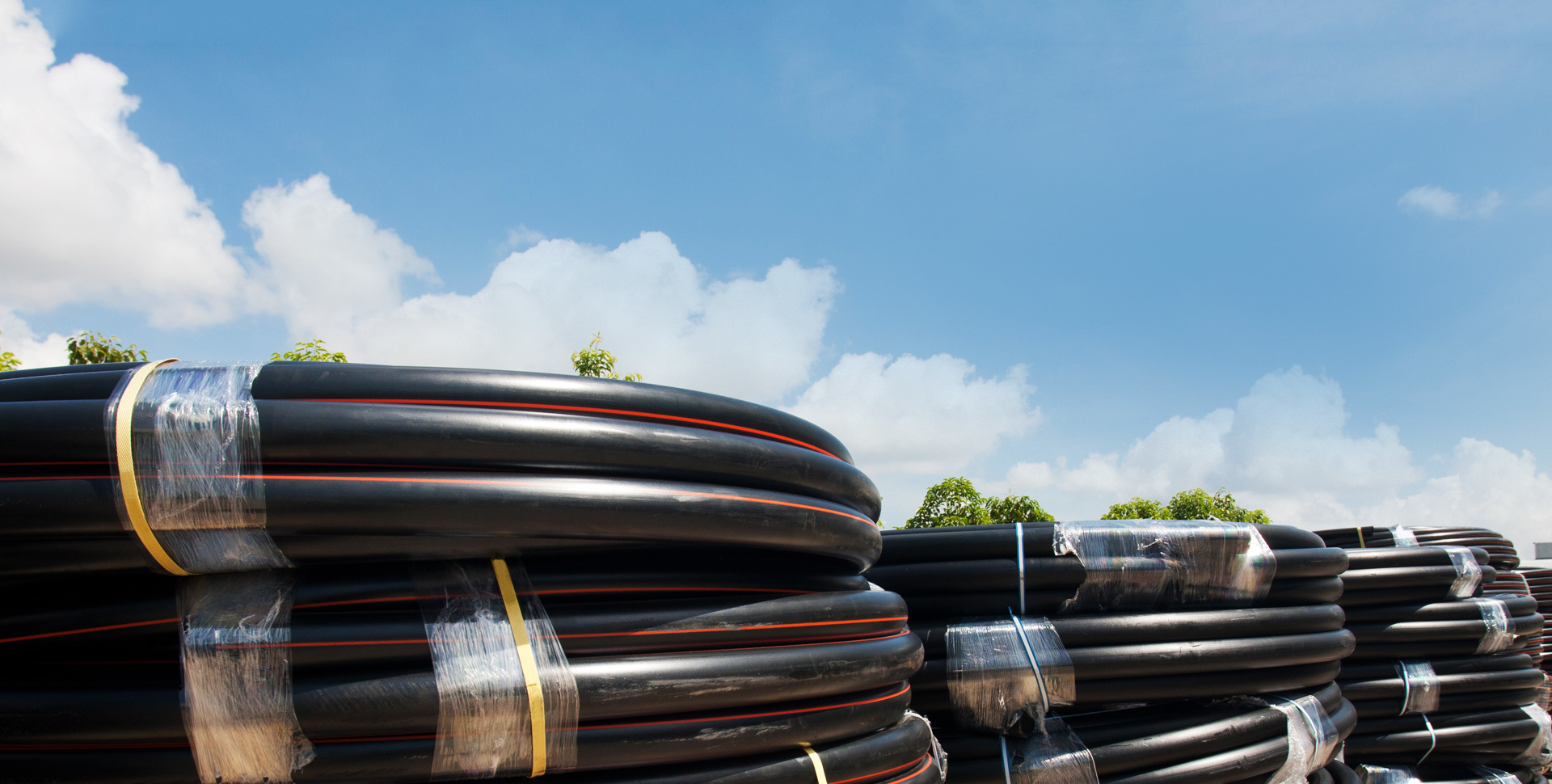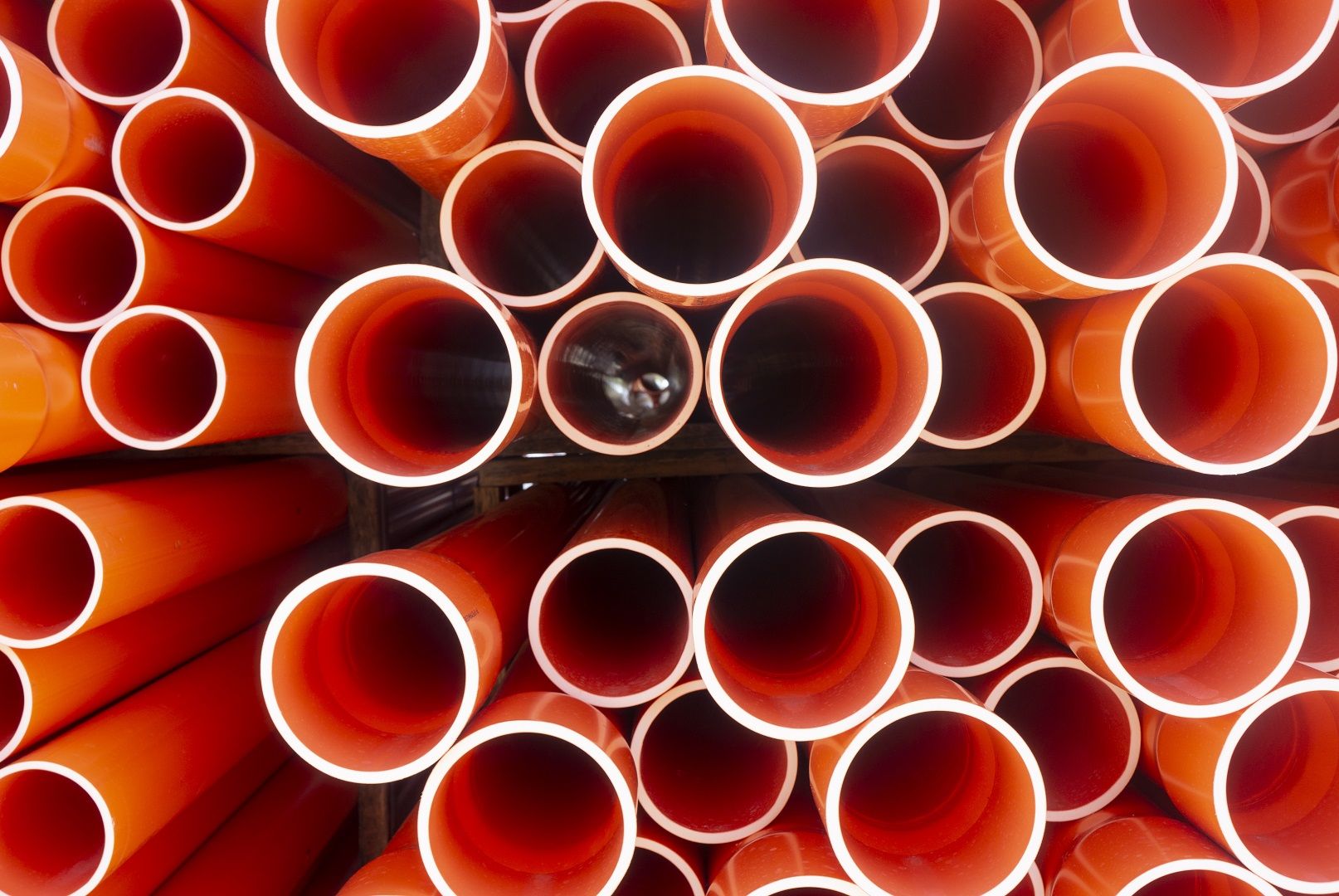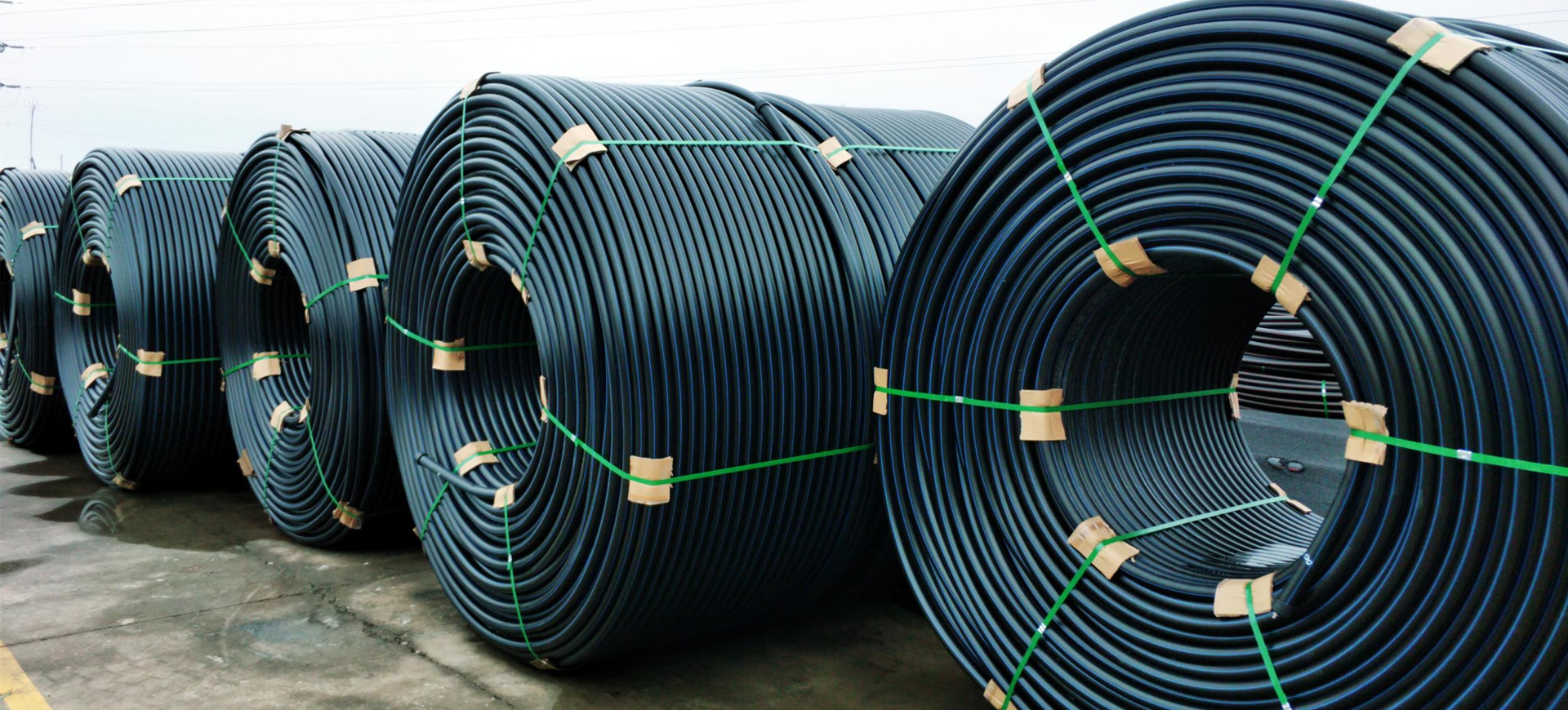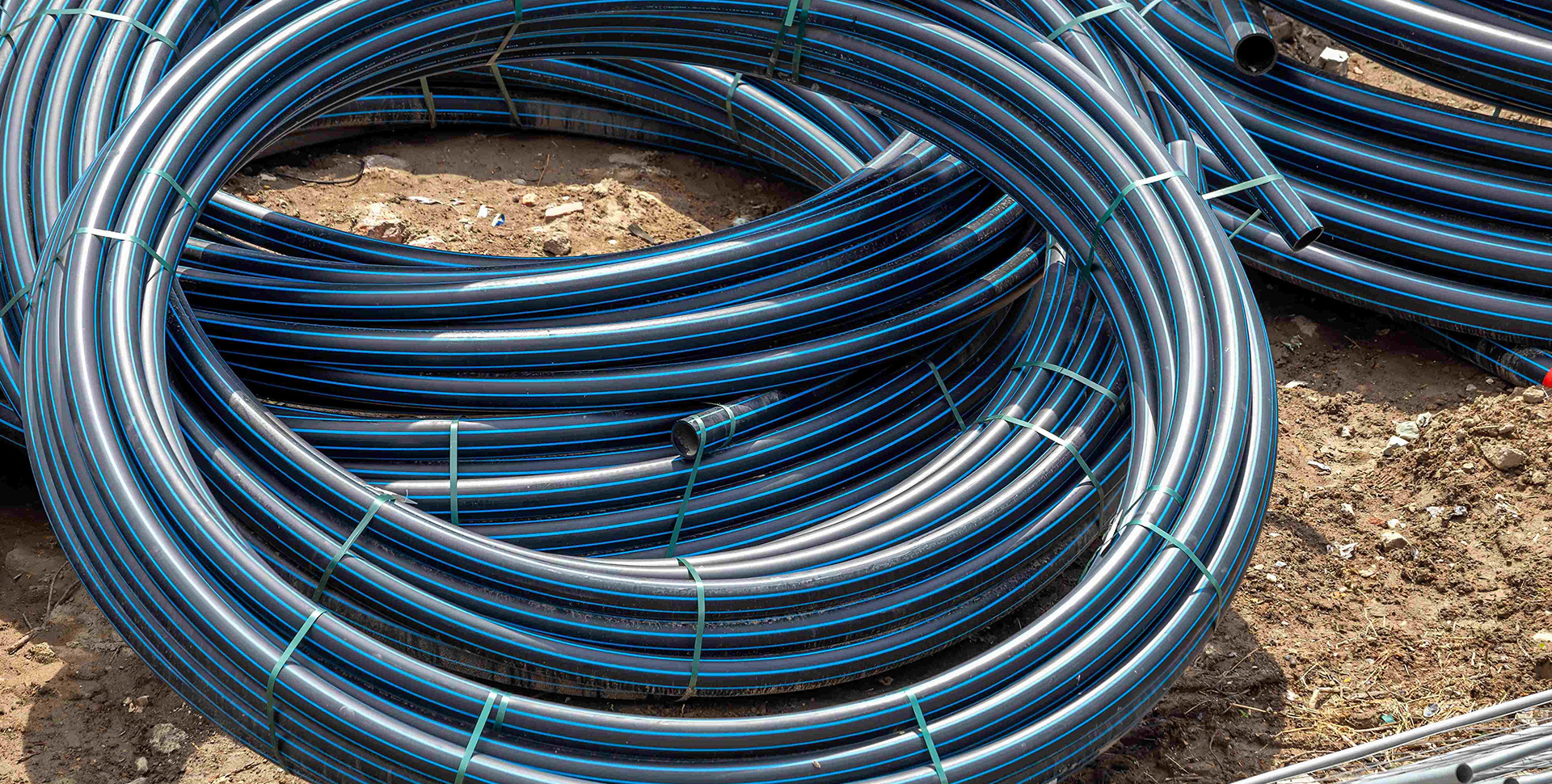Building Bridges: The Role of Optical Cable Silicon Core Tubes in Modern Technology
Sep 06,2024
Building Bridges: The Role of Optical Cable Silicon Core Tubes in Modern Technology
Table of Contents
1. Understanding Optical Cables and Their Components
2. The Importance of Silicon Core Tubes in Optical Fibers
3. How Optical Cable Silicon Core Tubes Enhance Signal Quality
4. Applications of Optical Cable Silicon Core Tubes in Modern Technology
4.1 Telecommunications
4.2 Data Centers
4.3 Medical Equipment
4.4 Military and Aerospace
5. Advantages of Using Optical Cable Silicon Core Tubes
6. Comparing Optical Cables with Traditional Copper Cables
7. Trends and Innovations in Optical Cable Technology
8. Future Predictions for Optical Cable Silicon Core Tubes
9. FAQs on Optical Cable Silicon Core Tubes
10. Conclusion
1. Understanding Optical Cables and Their Components
Optical cables are intricate structures designed to transmit data using light. At their core, they consist of a light-carrying fiber made from glass or plastic, surrounded by layers of protective materials. **Silicon core tubes** play a pivotal role in this configuration, serving as the heart of the optical fiber. These tubes ensure optimal performance by directing light efficiently and minimizing signal loss, making them indispensable in modern telecommunication systems.
2. The Importance of Silicon Core Tubes in Optical Fibers
Silicon core tubes are essential for several reasons. Firstly, they possess a high refractive index, allowing them to effectively bend light within the fiber. This property is crucial for maintaining signal integrity over long distances. Moreover, **silicon's** inherent durability ensures that the fibers withstand environmental stressors, contributing to their longevity and reliability.
3. How Optical Cable Silicon Core Tubes Enhance Signal Quality
One of the primary advantages of utilizing silicon core tubes in optical cables is their ability to enhance signal quality. By minimizing signal attenuation and distortion, these tubes ensure that data remains clear and intact during transmission. This is particularly vital in applications requiring high data rates, such as video conferencing and cloud computing, where clarity and speed are paramount.
4. Applications of Optical Cable Silicon Core Tubes in Modern Technology
Optical cable silicon core tubes are employed across various sectors, bridging communication gaps and enabling advanced technological solutions.
4.1 Telecommunications
In telecommunications, these tubes facilitate high-speed internet connections and telephony services, ensuring users enjoy reliable and fast communications. The deployment of silicon core tubes has revolutionized the industry by supporting the growing demand for bandwidth.
4.2 Data Centers
Data centers rely heavily on optical cables for interconnecting servers, storage, and networking equipment. The use of silicon core tubes ensures that data can be transferred quickly and efficiently, enabling seamless operations and high-performance computing.
4.3 Medical Equipment
In the medical field, optical fiber technology is crucial for various applications, including endoscopy and imaging systems. Silicon core tubes enhance the functionality of medical devices by providing high-quality imaging capabilities and ensuring safe data transmission.
4.4 Military and Aerospace
The military and aerospace sectors utilize optical fibers for secure communication systems, avionics, and radar. The reliability and robustness of silicon core tubes make them ideal for harsh environments, providing consistent performance under challenging conditions.
5. Advantages of Using Optical Cable Silicon Core Tubes
The benefits of optical cable silicon core tubes extend beyond mere performance. They are lightweight, resistant to electromagnetic interference, and capable of transmitting large amounts of data over long distances without degradation. This combination of properties makes them a preferred choice for cutting-edge technology solutions.
6. Comparing Optical Cables with Traditional Copper Cables
When comparing optical cables to traditional copper cables, several distinctions arise. Optical cables, particularly those utilizing silicon core tubes, outperform copper in terms of bandwidth and speed. While copper is limited by its susceptibility to interference and signal loss, optical cables remain unaffected by these factors, making them superior for modern applications.
7. Trends and Innovations in Optical Cable Technology
The optical cable industry is rapidly evolving, with innovations continuously emerging. Advanced manufacturing techniques, such as the development of bend-insensitive fibers, are enhancing the performance and flexibility of silicon core tubes. Furthermore, the integration of smart technology into optical networks is paving the way for greater efficiency and new applications.
8. Future Predictions for Optical Cable Silicon Core Tubes
Looking ahead, the demand for optical cable silicon core tubes is expected to grow significantly as technology advances. With the rise of 5G networks, IoT devices, and smart cities, the need for robust and efficient data transmission will drive further innovations and deployment of optical technology.
9. FAQs on Optical Cable Silicon Core Tubes
What are silicon core tubes used for in optical cables?
Silicon core tubes are used to direct light signals efficiently within optical fibers, enhancing performance and minimizing signal loss.
How do optical cables compare with copper cables?
Optical cables offer higher bandwidth, faster data transmission speeds, and greater resistance to interference compared to copper cables.
In which industries are optical cable silicon core tubes predominantly used?
They are predominantly used in telecommunications, data centers, medical equipment, and military applications.
What advantages do optical cables provide over traditional wiring?
Optical cables provide advantages such as lightweight construction, immunity to electromagnetic interference, and the ability to transmit data over longer distances without signal degradation.
What future trends can we expect in optical cable technology?
Future trends may include enhanced manufacturing processes, the integration of smart technology, and greater adoption of optical technology in emerging fields like 5G networks and IoT.
10. Conclusion
In conclusion, **optical cable silicon core tubes** play an integral role in shaping the future of communication technology. Their unique properties and advantages enable a wide range of applications, making them essential components in modern infrastructure. As technology continues to evolve, the significance of these tubes will only increase, fostering advancements in connectivity and innovation across multiple industries. By understanding their role and potential, we can appreciate how they are building bridges in our increasingly digital world.
Latest News







